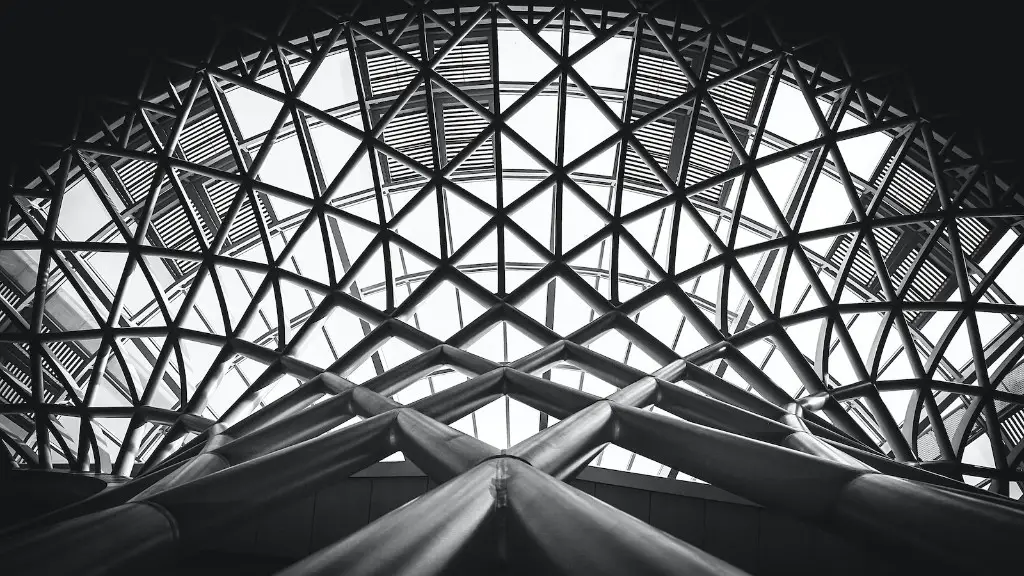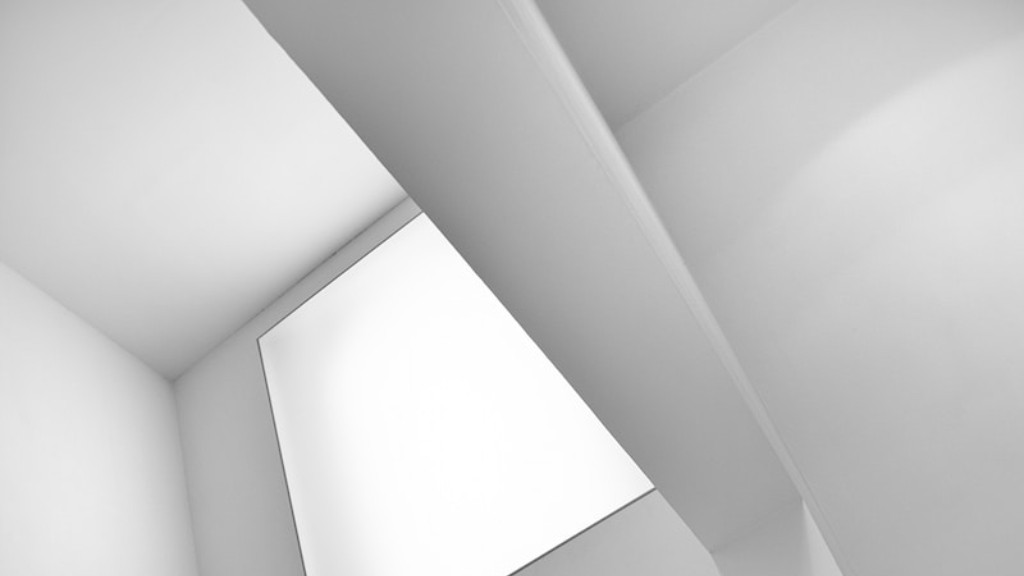Background
Roman architecture has been part of the European cultural landscape for thousands of years, influencing the evolution of modern building styles. From the world-famous amphitheatres to the timeless public baths, Roman architecture has created iconic iconic structures that have left their mark on cities, towns and villages across the continent. Roman architecture was both monumental and practical, often combining grandiose designs with innovative engineering techniques.
Monumental Structures
At the heart of Roman architecture was the desire to impress, a drive that led to the creation of some of the most impressive public monuments ever seen. The Colosseum in Rome, an elliptical amphitheatre, is perhaps the most iconic Roman structure ever built. It was constructed by Emperor Vespasian, and was completed by his son Titus in 80 AD, an engineering marvel of its time that remains a masterpiece to this day.
The pantheon in Rome is another highly impressive structure that speaks volumes about the engineering prowess of the Roman Empire. A vast domed temple, the building is believed to have been constructed by a team of over 1000 engineers, with the structure requiring precise calculation and use of advanced materials such as concrete, brick and stone.
Practical Structures
In addition to the monumental structures, Roman engineering was also used to build useful and practical structures such as aqueducts, bridges, and public baths. Aqueducts were the main source of water for cities and towns that the Roman Empire had conquered, and enabled widespread access to clean water, a crucial resource for the period.
Roman bridges were also used to span rivers and streams, with their high arches allowing for extra stability and their construction requiring precise calculations in order to ensure the bridge’s sturdiness. Other practical engineering feats are still used today, such as the invention of concrete and formwork.
Impact On Modern Structures
Ancient Roman architecture has had a profound impact on much of the European design that has followed it. The style of public buildings has been greatly influenced by Roman architecture, and can still be seen in many of Europe’s cities. It is not only public buildings that have been inspired by Roman architecture, but also private homes.
The abundance of materials and the innovation of construction techniques have enabled modern builders to build more quickly and efficiently. Roman architecture also influenced modern construction techniques such as concrete and formwork, as well as paved roadways, allowing for efficient travel and communication.
Legacy Of Innovation
The legacy of Roman architecture is one of innovation and design, and its influence is still present today. The awe-inspiring structures that were built throughout the Roman Empire were enabled by the access to a variety of materials and a commitment to precise engineering techniques.
The desire to impress was at the heart of much of the engineering that was done. The Colosseum and the Pantheon are examples of this drive to create powerful, monumental structures. These iconic buildings remain standing today, providing a reminder of the ingenuity and innovation of the Roman Empire.
Rise of Grand Public Buildings
The Romans had an appetite to build beautifully and painstakingly crafted public buildings. Such structures included the portico, an impressive, ornately decorated entrance to a public building. In addition to these grand public buildings, other innovative structures such as the basilica and temples were developed during the period.
The basilica was a common shape used in the construction of public buildings, with the structure featuring a large rectangular hall, often with a roof and aisles. Temples were also created during this period, with the structures often highly decorative in nature.
Influential Construction Techniques
One of the major legacies of Roman architecture is the invention of sophisticated construction techniques. Such techniques enabled large and impressive structures to be built, with the use of concrete, formwork, and the arch being key components of these methods.
The Roman arch is particularly influential in construction, providing stability and strength to vertical structures. The stability of these vertical structures is made possible by the three-dimensional shape of the arch, with each side completing the circle of the arch to provide extra support.
Use Of Innovative Materials
In addition to the invention of construction techniques, the Roman Empire also invented several materials that enabled them to build on a large scale. Such materials included concrete, a mixture of pozzolana and ash, which is strong, durable and relatively cheap. It was used to build structures such as aqueducts that were able to withstand pressure and the weather.
Brick was also used by the Romans to construct structures, often in combination with concrete. Roman brick is distinct from the brick used today, with the bricks often being unpolished and sanded for extra strength.
Room To Improve
The use of Roman architecture is still being felt today, with many of the techniques and materials being employed in modern construction. However, despite the legacy of Roman architecture, there is still room for improvement. Issues such as sustainability and energy efficiency continue to pose concerns for modern architecture, and Roman techniques can be used to address these concerns.
The use of solar panels, for example, can be combined with traditional Roman construction techniques such as the arch and formwork to create sustainable structures. In addition, advanced engineering techniques that incorporate new materials can also be adopted to create structures that are more energy efficient.


